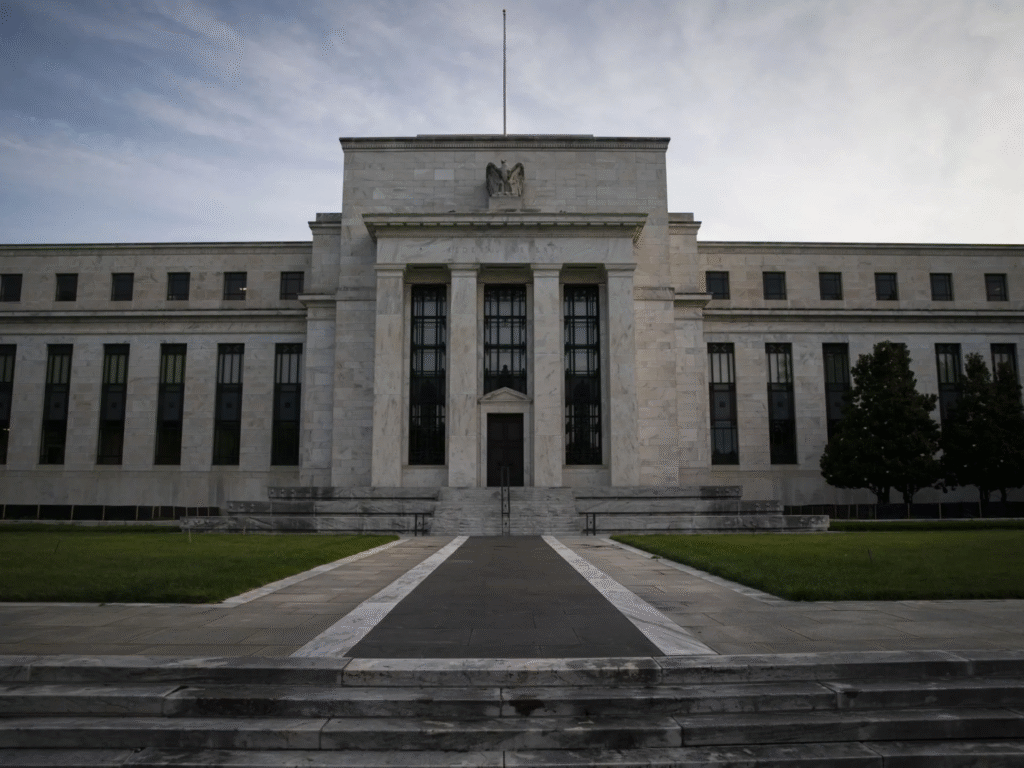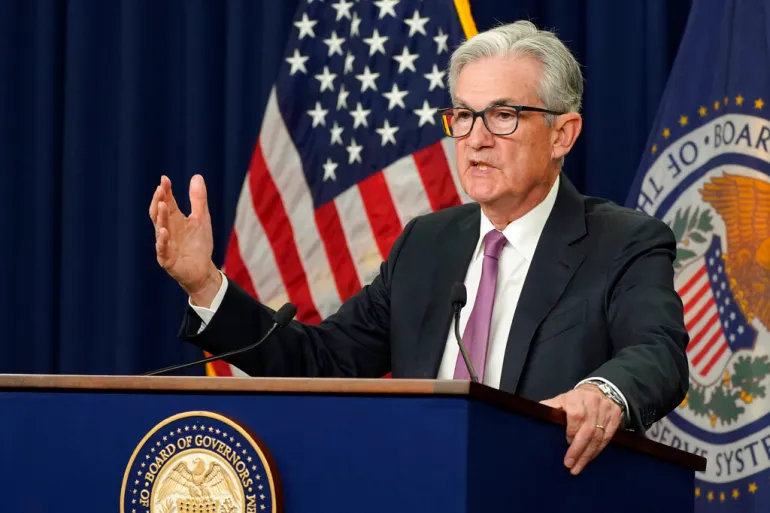Introduction: Business Perspective on Fed Policy for the Average American
How does the Federal Reserve’s interest rate policy impact businesses, consumers, and the average American household? From higher borrowing costs to savings yields, this blog explores everything in clear, reader‑friendly style.
1. Business Q&A: What Is the Federal Reserve’s Interest Rate Policy and Why Does It Matter to the Average American?
- What is the federal funds rate and how does the Fed set it?
The Fed’s Federal Open Market Committee (FOMC) meets about eight times a year to set a target range for the federal funds rate—the rate banks charge each other overnight. That rate influences consumer and business borrowing costs across the economy - How does that policy ripple through business lending, mortgages, and credit?
When the Fed raises rates, borrowing costs increase for auto loans, credit cards, mortgages and business loans. When it lowers rates, borrowing becomes cheaper, encouraging spending and investment.
2. Business: Is Current Fed Rate Policy Helping or Hurting the Average American Consumer?
2.1 Business Credit‑Card and Debt Perspective
- Average credit card APRs remain above 22% in mid‑2025, suppressing consumer borrowing and spending—especially among lower‑income households
- While delinquencies are stable, spending growth has slowed to ~3 % YoY—consumers remain cautious despite capacity to borrow.
2.2 Business Housing and Mortgage Perspective
- Mortgage rates are still elevated: 30‑year fixed around 6.7 %, 15‑year fixed ~5.9 %
- Existing home sales fell 2.7% in June 2025, with historically high prices (~$435K median), as buyers postpone purchases due to high costs Reuters.
- NAR economists suggest a drop below 6 % would stimulate market activity, freeing up ~160,000 renters as buyers
2.3 Business Savings and Investment Perspective
- Consumers are moving funds into high‑yield savings accounts and CDs, attracted by the Fed‑driven rise in returns on savings since 2022.
- Median bank balances are up 23 % since 2019, though below the 40 % analysts expected. Total household savings remain stable when including investments
3. Business: What Are the Broader Economic and Business Effects on the Average American?
3.1 Business Investment, Employment and Inflation Control
- Higher business borrowing costs can delay investments and hiring, possibly slowing job growth—even as inflation moderates.
- Inflation hovered around 2.7 % in June (above the 2.0% Fed target), which reinforces Fed caution
3.2 Business Market and Wealth Distribution Effects
- Higher rates depress corporate profits and stock prices, as investors shift to safer bonds
- Rate cuts can support markets, but gains mainly benefit higher‑income households: 58 % of U.S. households held stocks in 2022, but nearly all top‑10% earners did, versus 34 % of bottom‑half earners
3.3 Business Credit‑Markets and Institutional Credibility
- Political tension between then‑President Trump and Chair Powell threatens Fed independence, which may erode trust in monetary institutions and raise longer‑term borrowing costs

4. Business‑Focused Quotes and Commentary
- “The Fed is waiting on the data,” says Rob Haworth, underscoring the cautious approach before further cuts
- Experts warn that undermining Fed independence could backfire, raising inflation and destabilizing investor confidence
5. Business Stats: At a Glance
| Metric | Value / Trend | Impact on Average American |
|---|---|---|
| Fed funds rate | 4.25 %–4.50 % (steady mid‑2025) | Higher short‑term borrowing cost |
| Credit card APRs | ~22 % | Hurts lower‑income borrowers |
| Mortgage rates | ~6.7 % (30‑yr), ~5.9 % (15‑yr) | Discourages home buying |
| Bank savings balances | +23 % since 2019 | Mixed—moderate growth |
| Existing home sales | ‑2.7% in June 2025 | Market weakness |
| Median home price | $435,300 | High cost burden |
| Inflation rate | ~2.7% in June | Above Fed target |
6. Business FAQs: Common Questions About Fed Rate Policy and the Average American
Q1: Will future Fed rate cuts help me immediately?
A1: Not likely. Rate cuts typically take 1–2 years to filter through to mortgages, HELOCs and business loans. Credit cards adjust faster, but usually not fully and immediately
Q2: Are high‑income Americans benefiting more than the average household?
A2: Yes. Wealthier households are more exposed to stocks and corporate gains, which rate reductions can boost. Lower‑income households are more constrained by high credit costs and low asset ownership Reuters.
Q3: Is the Fed holding rates steady or planning cuts?
A3: As of late July 2025, the Fed has held rates steady since mid‑2025, though projections suggest two small cuts (~0.25% each) later in the year, depending on data
Q4: Can high interest rates prevent inflation?
A4: Yes. The Fed uses restrictive rates to slow consumer demand and price pressure. Inflation rose to ~2.7% in June, above the Fed’s 2% goal, motivating caution
Q5: How does this affect business hiring and growth?
A5: Higher business borrowing costs may limit expansion and hiring. Spending on durable goods is expected to shrink by 0.7% in 2025 due to tariffs and elevated interest rates
7. Business Key Takeaways
- Higher interest rates help savers and banks, but squeeze borrowers, especially lower‑income households.
- Consumers face high costs for credit, including mortgages (~6.7%) and credit cards (~22 %), slowing spending and home purchases.
- Inflation remains elevated (~2.7%), so the Fed remains cautious about cuts.
- Rate‑cut relief is delayed, due to transmission lag across loan types.
- Wealthier Americans benefit more, given their exposure to equities and asset price gains.
- Business investment and hiring may slow, as elevated rates raise the cost of capital.
8. Business Transitions to a Balanced Conclusion
In conclusion, the Federal Reserve’s interest rate policy presents both short‑term relief for savers and long‑term headwinds for borrowers and businesses. While inflation suppression remains the Fed’s main mandate, its approach may inadvertently widen financial inequality and burden middle‑ and lower‑income Americans.
9. Business Conclusion: Final Business Question
So, is the Fed’s interest rate policy helping or hurting the average American? From a business‑focused consumer lens: it’s a mixed picture. Current policy helps savers and fights inflation but hurts borrowers, home‑buyers, and small businesses. Future rate cuts may ease burdens—but only if the recovery is strong and inflation stays in check.
FAQs Summary
- Rate cuts take time to impact loans.
- Credit card and mortgage rates remain high.
- Inflation is still above target.
- Savers win; borrowers struggle.
- Wealth inequality means gains are skewed.




